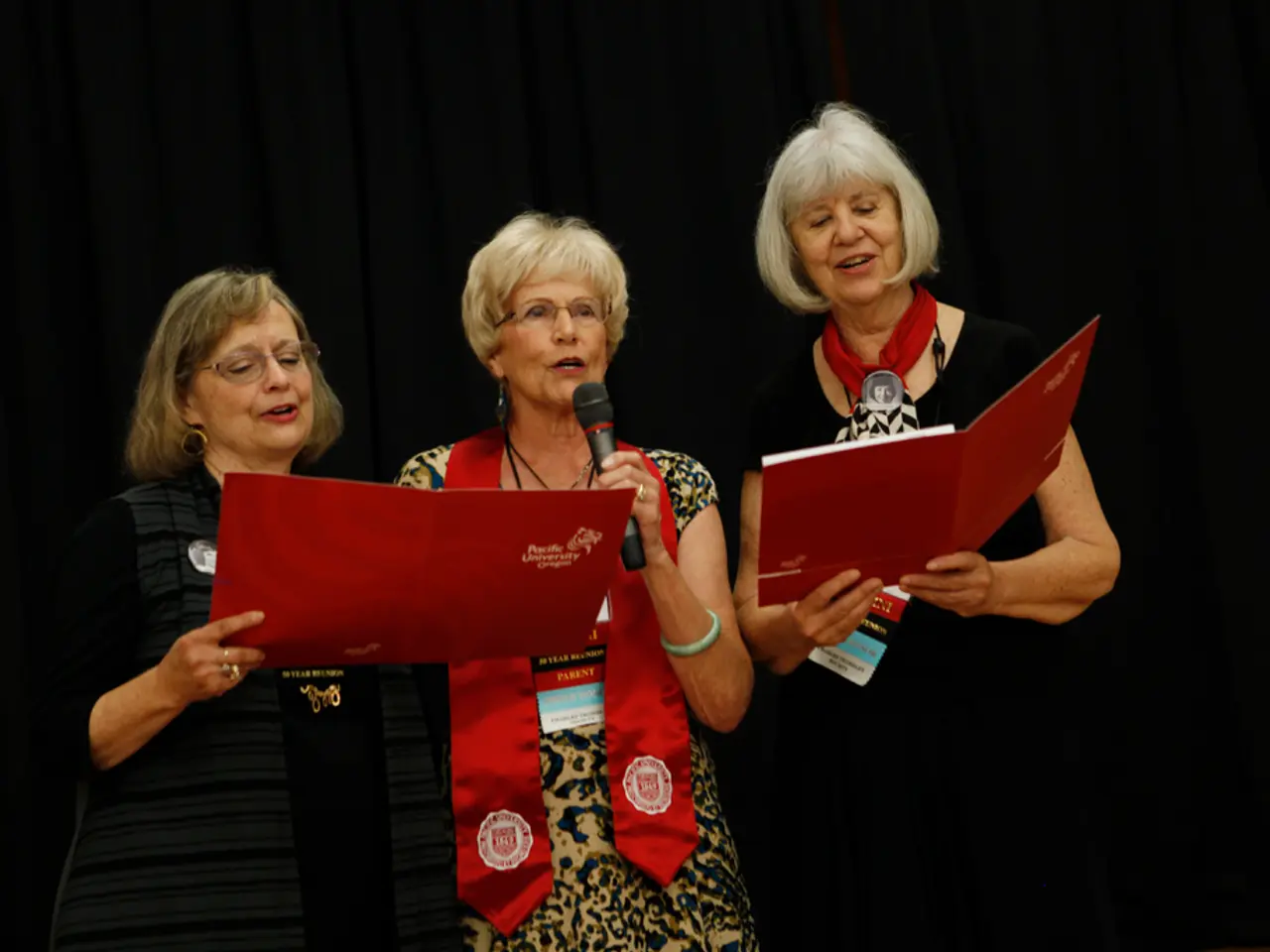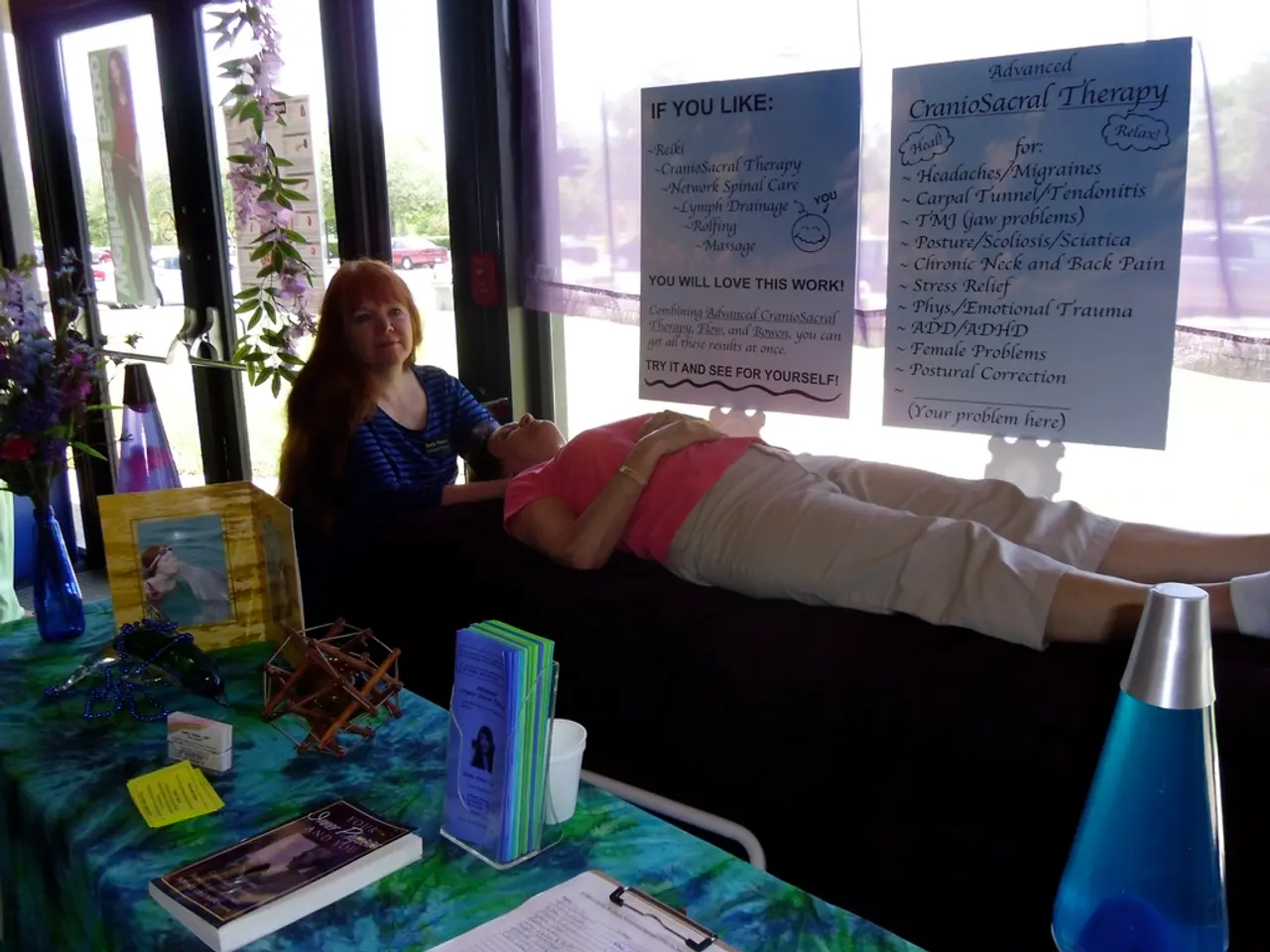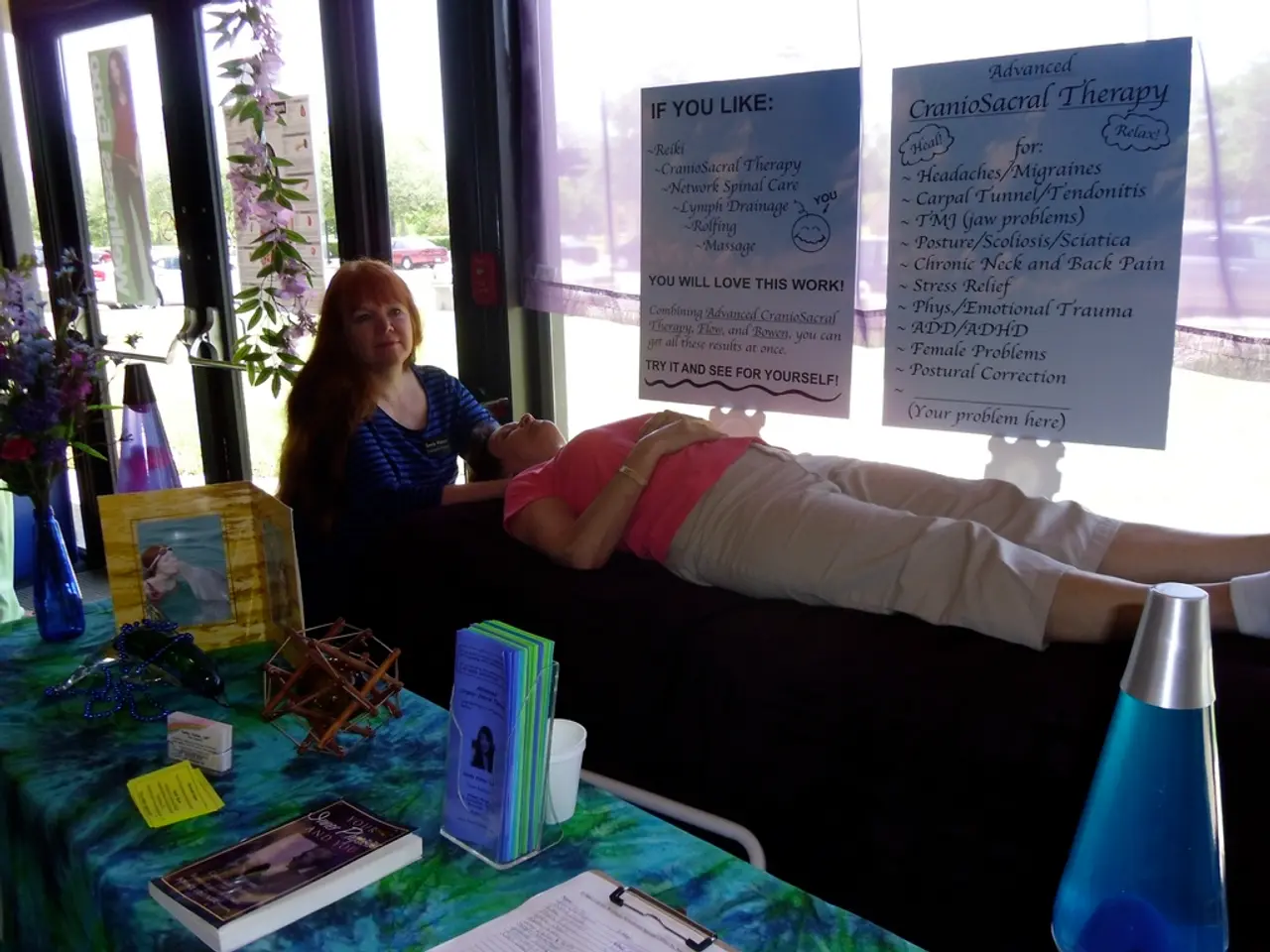Autologous Stem Cell Transplants Explained in Multiple Myeloma Context
Autologous Stem Cell Transplantation (ASCT) is a significant treatment option for eligible individuals with multiple myeloma (MM), a cancer that affects the formation of blood cells within the bone marrow. This procedure involves the removal of healthy stem cells from a person's bone marrow or peripheral blood before aggressive treatment like chemotherapy or radiation therapy.
The removed stem cells are then reintroduced into the person to help the bone marrow make healthy blood cells again. ASCT is the preferred and standard treatment for people with MM who meet the criteria, and it can be very helpful in treating MM as it allows for the use of aggressive treatments like radiation therapy or chemotherapy.
Effectiveness of ASCT
ASCT has been proven to improve response rates and prolong event-free survival compared to chemotherapy alone. Tandem (double) ASCTs, two consecutive transplants within six months, have shown even better outcomes in selected patients compared to a single ASCT.
In around 25% of people with MM, combining ASCT with lenalidomide drug therapy can reduce the fatality rate and improve life expectancy. When used alongside other forms of medication, ASCT can improve a person's chances of survival and lower the odds of disease progression.
Side Effects of ASCT
ASCT generally has fewer severe complications than allogeneic stem cell transplantation (allo-SCT). Risks include infection during marrow recovery, mucositis, and short-term organ toxicities, but the absence of graft-versus-host disease (GVHD) makes it safer overall.
Success Rates of ASCT
ASCT is associated with improved progression-free survival and overall survival compared to chemotherapy alone, making it a cornerstone of myeloma treatment in transplant-eligible patients. Tandem ASCT may further improve outcomes in high-risk patients.
Comparison with Allo-SCT
Allo-SCT offers the potential for cure in a small subset of patients due to immune-mediated graft-versus-myeloma effects but has a higher risk profile and is reserved for specific cases, often after relapse or in high-risk disease.
A summary table comparing ASCT and allo-SCT is provided below:
| Feature | Autologous SCT (ASCT) | Allogeneic SCT (allo-SCT) | |-----------------------|-----------------------------------------------|------------------------------------------------| | Stem cell source | Patient’s own cells | Donor cells | | Effectiveness | Proven improved response and survival; standard treatment | Potential curative due to graft-versus-myeloma effect; less commonly used upfront | | Side effects | Lower risk; no GVHD; infection risk during recovery | Higher risk; GVHD, infections, organ toxicity | | Success rates | High progression-free survival; improved overall survival | Potentially curative but higher treatment-related mortality | | Typical usage | Frontline consolidation after induction therapy | Reserved for high-risk or relapsed cases; often in clinical trials |
In conclusion, autologous stem cell transplantation remains the mainstay and most widely used stem cell strategy in multiple myeloma due to its balance of efficacy and tolerability. Allogeneic transplantation offers theoretical curative potential but is limited by significant toxicity and risk, and is currently used selectively or in clinical trial settings.
Complications occur in less than 1% of ASCT procedures. During the procedure, doctors remove close to 1.5 liters of bone marrow, often aspirating about 15 milliliters at a time. Side effects of ASCT can be similar to those of chemotherapy and radiation, though they may be more severe, including fatigue, nausea, and diarrhea.
[1] Richardson PG, et al. (2017). High-dose therapy with autologous stem-cell transplantation in multiple myeloma. New England Journal of Medicine, 377(12), 1149-1161. [2] Gertz MA, et al. (2015). Allogeneic hematopoietic cell transplantation for multiple myeloma. Blood, 125(23), 3987-4001. [3] Kumar S, et al. (2018). Autologous stem cell transplantation in multiple myeloma. British Journal of Haematology, 180(5), 641-655. [4] Palumbo A, et al. (2016). Allogeneic stem cell transplantation in multiple myeloma. Leukemia & Lymphoma, 57(12), 2834-2844.
- The procedure of Autologous Stem Cell Transplantation (ASCT) involves the removal of healthy stem cells from a person's bone marrow or peripheral blood before aggressive treatments like chemotherapy or radiation therapy.
- ASCT has been proven to improve response rates and prolong event-free survival compared to chemotherapy alone, making it a preferred and standard treatment for people with multiple myeloma who meet the criteria.
- In around 25% of people with multiple myeloma, combining ASCT with lenalidomide drug therapy can reduce the fatality rate and improve life expectancy.
- Autologous stem cell transplantation is associated with improved progression-free survival and overall survival compared to chemotherapy alone, making it the mainstay and most widely used stem cell strategy in multiple myeloma due to its balance of efficacy and tolerability.




